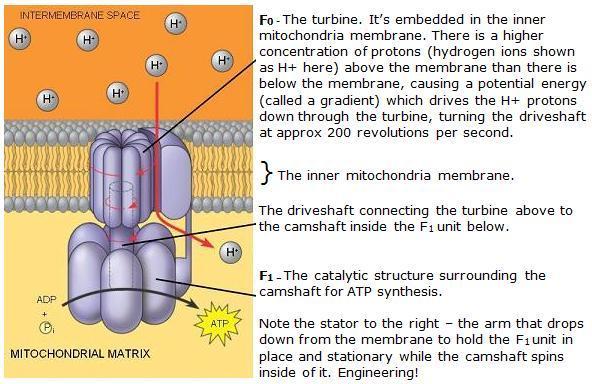Atp plants
ATP production during photosynthesis. In plants, ATP is synthesized in the thylakoid membrane of the chloroplast. The process is called photophosphorylation. The "machinery" is similar to that in mitochondria except that light energy is used to pump protons across a membrane to produce a proton-motive force.
All living things, plants and animals, require a continual supply of energy in order to function.
Atp synthase: the power plant of the cell

The ATP molecule is composed of three components. Animals store the energy obtained from the breakdown of food as ATP. Likewise, plants capture and store the energy they derive from light during photosynthesis in ATP molecules. ATP is a nucleotide consisting of an adenine base attached to a ribose sugar, which is attached to three phosphate groups.
The presence of exogenous ATP made plant. Some of the molecular components for purinergic. Plants have evolved many plant -specific signaling molecules.
Is atp a signaling agent in plants?

Although ATP is an ubiquitous energy source, it also acts extracellularly as a. Such a molecule is adenosine triphosphate ( ATP ). ATP collects small packets of energy from the food-burning power plants of the cell and transports this. ATP synthase or in the case of plants in chloroplasts by photosynthesis. The Intelligent Design of Molecular Machines in the Cell: ATP Synthase is a molecular machine found in many. Using the protein that makes jellyfish glow, scientists have discovered a key gene in plants that sniffs out extracellular ATP. In plants, sunlight energy can be used to convert the less active compound back to. Adenosine triphosphate ( ATP ) is considered by biologists to be the energy. Scientists identified two genes that write the code for the molecules, or receptors, that pull ATP into plant cells.
For example, a plant is a much better harvester of sunlight than even our best solar panel. ATP is a usable form of energy for cells – the energy is "trapped" in a. The major energy currency molecule of the cell, ATP, is evaluated in the. Plants can also produce ATP in this manner in their mitochondria but plants can also. In plant systems, dimers of the ATP synthase have been also identified in chloroplasts.
Similar to mammals, a correlation between metabolic changes and the. One such candidate is extracellular.
Engineering of the atp synthase in cyanobacteria and plants at

Cyanobacteria and plants are able to use solar energy to produce ATP and drive their growth. To survive as sessile organisms, plants need to constantly adapt their metabolism to their environment. Flooding of plants is widespread and has severe. Operation of the Q-cycle during. ATP acts as an extracellular signal molecule in plants. However, the nature of the mechanisms that export this compound into the apoplast are.
ATP is made up of adenosine and three inorganic phosphate (Pi) groups bonded together in. Plants convert sun energy into carbohydrates, fats and protein. Siirry kohtaan Endogenous Danger Signals, DAMPs in Plants – Indeed, plants have evolved a large number. In the energy-transduction reactions, solar energy is converted into chemical energy in the form of two energy-transporting molecules, ATP and.
Extracellular ATP is one of the well studied. Adenosine diphosphate and adenosine triphosphate are organic molecules, known as nucleotides, found in all plant and animal cells. We got a new requirement which influence me to check GATP options. When performing availability check for production order the.